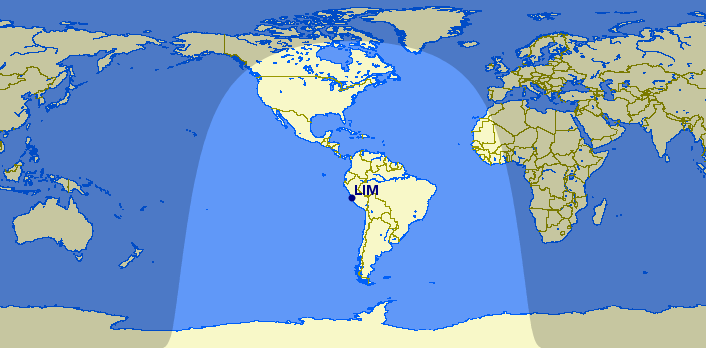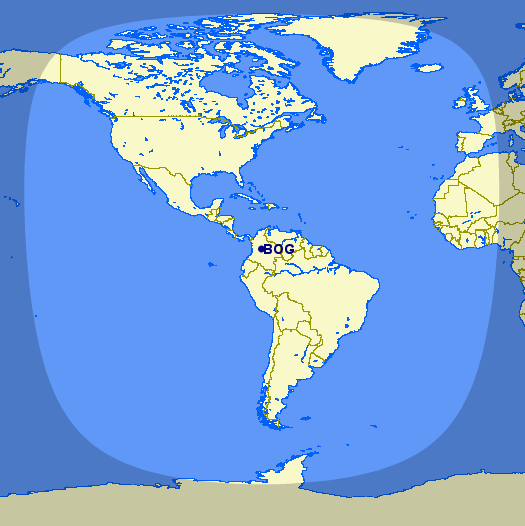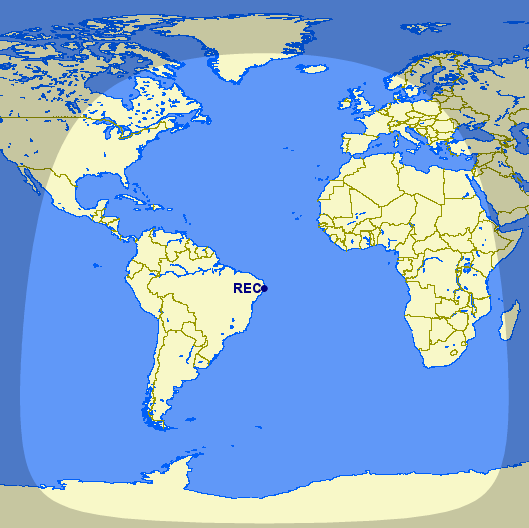A321XLR to Bridge Europe and South America: LATAM Explores Opportunities
LATAM already has big plans for its longest single-aisle aircraft in the extra-long range variant, the Airbus A321 XLR. In these planes, part of the luggage space is sacrificed to make room for more fuel tanks, which greatly increases the range.
Thus, the plan of LATAM, which has some XLR units ordered (which will start to arrive in 2025), may include using them specifically on longer routes, competing with TAP, which today flies to cities in the northeast of Brazil from Lisbon with the A321LR.
In an interview granted to Diário do Nordeste collected by Aeroin, our affiliated media in Brazil, Aline Mafra, LATAM’s Sales and Marketing Director, confirmed how the company could use the A321 XLR on a transatlantic route.
«Today, flying from the Northeast to Europe is a challenge for us because neither side is a major LATAM hub. So the cost/revenue ratio is a challenge, and wide-body aircraft (like the Boeing 767 or the 787), which is what we have today, are expensive to operate. So we would need a very efficient plane, like the A321XLR we will receive in a few years,» she said.
See also: Opinion: 244 seats on an A321 is actually a good thing
Currently, TAP’s A321LR jets are configured for 171 passengers, much less than the 298 carried by the company’s largest plane, the A330neo, and significantly less than what the A321 usually carries, which is around 210 passengers.
In the last edition of the Farnborough International Airshow, LATAM and Airbus signed an agreement for 17 extra A321neo, an occasion on which the airline confirmed its plans to incorporate into the fleet the ultra-long-distance version, the A321XLR.
The A321XLR variant extends the operating range of the A321neo family to 8,700 kilometers, equivalent to a flight time of up to 11 hours.
The possibilities of the A321XLR at LATAM
The extended range of the A321XLR will allow LATAM to reach from its Santiago de Chile hub the east coast of the United States, from Lima (Peru) it could cover a good part of Canada and the entire continental US territory -excluding Alaska-, and from Sao Paulo it would allow to reach Spain and Portugal.



Other logical bases of operations for the group could be Bogotá or Recife, giving it access to various destinations in Europe, Africa, and North America.



/https://aviacionlinecdn.eleco.com.ar/media/2023/07/LATAM-A321XLR-europa.jpg)
Para comentar, debés estar registradoPor favor, iniciá sesión